We are going to jump into the “way-back machine” and take a trip to Switzerland. No, we’re not going for the chocolate or the skiing… we are there for something better. The embroidery!

There are many places of lace and embroidery production in Europe and the UK, but throughout this article, we will focus on Switzerland as it has a machine we’ve all heard of if we’ve watched enough of Embroidery Legacy videos or webinars.
Can’t guess? The Schiffli embroidery machine! We will talk a bit about the machine’s history, what it does, and why it was essential to the embroidery industry and the Deer family.
Part of the Deer’s Embroidery Legacy name is Legacy. There is a rich heritage of embroidery in the Deer family, starting with Schliffli machines in the 1950s.
Initially started by John Deer’s grandparents, The Deer’s Embroidery Legacy (then known as Dress Crest Embroidery) first began as a Schiffli loom embroidery factory creating lace for the bridal industry across North America. As the last schiffli master digitizer still alive and teaching in North America, John learned to “punch” (now known as digitizing) the manual patterns for these machines, and the whole family was part of the lace production.
So what is this machine, and why is it important to what we do now?
Ever seen a bridal gown? An embroidered pillowcase? Lace edging you buy at the store? You are already quite familiar with the product the machine produces even if you have not seen it.
Lace Embroidery History
Bobbitnet Netting
Let’s start with the granddaddy of lace-making machines. The first machine lace was made toward the end of the eighteenth century, but it was not until 1809 that John Heathcoat in England produced a wide net fabric that did not unravel when cut. This was called bobbinet (bobbin-net) netting and was created using several bobbins which wove back and forth diagonally through vertical warp threads on a loom. The result is a net with honeycomb-shaped holes.
If you need a mental picture of bobbinet, imagine the itchy, scratchy ballet tutus you wore as a child, Halloween costumes, or puffy stiff and uncomfortable tulle underskirts. Until the 1800s, this net was made by hand using bobbins and had limitations in width and quality.
This machine was so important as the netting for everything from wedding veils to drapery sheers could be made faster and wider! The machine would allow you to have a piece of 48-120 inches across.
Since the net was woven, if torn, it would not unravel, and you would have a hole that could be repaired. Variations on this are tulle netting (very fine and soft) and stiff nettings for underskirts. As time went on, though, woven cotton or silk bobbinet went out of favor for the “new” and “exciting” (and less expensive) polyester and nylon. Many of the nettings you currently find in stores are polyester or nylon, which are woven traditionally, stamped out, or fused. Netting is now made on computerized machines, but the weave and basic process are still the same.
Bobbinet Machines weighed around 6 tons and could have 4,300 or more bobbins to produce a fine honeycomb-shaped netting. These types of machines were made in 1853 and continued in daily production until the 1970s! Machines of this era were of high quality and design and were made to run for many, many years.
Okay, so we have bobbinet netting- what does that have to do with Schiffli lace? Well, you need a good base for the lace to hold its shape and remain soft and see-through for veils and lace edging. Bobbinet has been the standard base for Schiffli stitched lace until this day. Today it is available in cotton, polyester, nylon, and silk. The silk net is the very finest tulle, light, airy and delicate. So we have our netting base, now we are ready to stitch!
The Schiffli Embroidery Machine
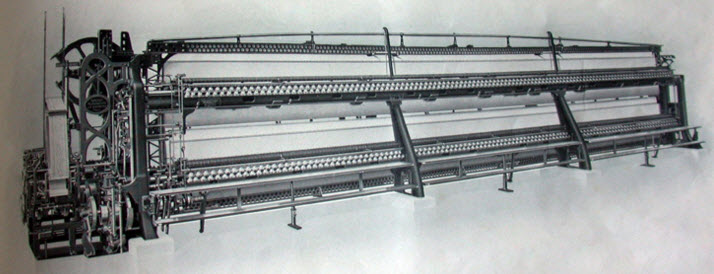
Schiffli machines got their start in 1863 in St Gallen, Switzerland, and were invented by Isaak Gröbli (1822-1917). Just for perspective- sewing machines got their start over 80 years earlier, in 1790! Created by Thomas Saint but later made famous by- of course- Isaac Merit Singer in 1851. The growth of machine-produced embroidery and lace took off in the 1870s with the advent of the Victorian age and industrial revolution.
How does the Schiffli embroidery machine work?
Schiffli machines get their name from the boat-shaped shuttle (German, schiffli), which carries the bobbin thread, also known as the schiffli yarn. The Schiffli machine used two threads like a sewing machine, but the fabric is vertical. One thread on the front side (the needle) and one on the fabric’s backside (the bobbin). The first thread is twisted with the second thread on the backside to form a lock stitch like your sewing machine. Maybe this will help- imagine a massive machine with 80-100 sewing machines mounted sideways on it.
These machines are huge. Some 60 feet long, 1000 needles. It is a modern marvel! They could embroider on fabric, netting, and more. Eyelet lace, beautiful bridal lace, if you could imagine it, you could create it. Schiffli machines were capable of embroidering a piece of fabric 10 feet wide and many yards long.

Schiffli patterns were originally “traced” over a drawn design by an operator sitting to the left of the machine. He moved a long lever over the pattern, which had designated stopping points where he would click a handle signaling the machine to stitch one or more stitches. The information he “input” into the Schiffli machine was repeated by the needles- an average of 650-700 for a 10-foot wide piece of fabric. In other words- as he sat and traced a flower on his pattern- 600 or more little flowers would be stitched out at the same time. He worked the pattern with his left hand, and with his right he could engage and disengage the needles and move the fabric base.
So what is this magical handle? How is the pattern transferred to the needles? It is 1863, and there are no computers, no click and play! To solve this 1863 problem, we turn to the ancient Greek engineer Hero of Alexandria in 70 BC. He is often considered the greatest experimenter of antiquity and was a mathematician of great renown. He is the first to reference the Pantograph, a fantastic device to duplicate and reduce (or enlarge) a pattern exactly. It looks like four sticks screwed together, but it is much more than that. You can trace an original and enlarge or reduce it with amazing accuracy by having a fixed point. (By the way, any of you seamstresses and quilters… you can use this to enlarge patterns!)
The idea is still the same; taking one large design and transfer it to hundreds of small copies. The skilled job of the operator continued when working on larger unique designs. Still, it was eventually replaced by a punched paper strip which was fed into a reader much like a player piano for long strips of lace. (I have to note here that the paper strip was not new- it was used in Jacquard looms in 1808!)

Now, this is where John Deer and Embroidery Legacy’s history really gets interesting. Back in the 1970s when John Deer was only 17 years old, he apprenticed under a Swiss Schiffli master digitizer. His mentor (named Huntz) taught him the old-school theory and methods behind creating smooth-running embroidery designs one stitch at a time. Keep in mind that back then there was no “undo button” on a Schiffli machine. One wrong move and you could potentially ruin hundreds of embroidered items.
Now although the technology behind creating these designs has changed, the old school theory and knowledge of how thread interacts with various fabric types has not. If you’d like to learn the time-tested theory behind creating custom embroidery designs, be sure to check out our Free Embroidery Digitizing 101: Cheat Sheet PDF & Video Course..
When John speaks of punching or his work as a puncher and later Schiffli Master, he thought out designs, drew and planned them, and created the order in which the needles would stitch… All manually without software! This idea was transferred to the punched instructions for the machine. Eventually, computers took over this part of the job, but there would be no lace without a thought, an idea, and a Schiffli Master who knew the lace’s structure and design.

The Schiffli machine was complicated but, for the time, really automated! The crew was composed of 2-3 people, including the Schiflli Master Digitizer who drafted and traced the pattern (or feeding it in later) to be sewn out manually and watchers who walked the catwalk on the front of the machine, tending bobbins and needles.
To be considered a Schiffli Master, a student had to apprentice under another master for a minimum of 10 years! Why so long? Well, a Schiffli operator had to learn how to masterfully control things like density, underlay, stitch types (and much more), which would all need to be skillfully adjusted based on the weight/type of thread and the blend of fabric being embroidered on. Once again, there was no undo button. So if a single mistake was made, a factory would potentially have to throw out hundreds of pieces of embroidered goods.
If you watch any Embroidery Legacy videos, you will see John’s mother climbing onto the walkway to check items on the machine. Please make sure to check out this wonderful family video from the Deer family archives to see the Schiffli machines worked by the Deer’s family.
Interested in learning more about our family business that’s been around since 1958? Check out our story below.
What Can I Take From Embroidery Lace History?
Oh, plenty! If you have not explored our Embroidery Legacy vintage freestanding lace designs, it is an absolute must! These designs were manually crafted one stitch at a time by Schiffli Masters working with the Schiffli machine in the 1950s. They were originally created to be stitched with rayon thread, which is much more delicate than polyester (click here to learn more about embroidery thread types). These vintage designs are the real deal. They’re soft to the touch and beautifully delicate in nature… The way authentic lace should be.
In the 1990s when the mass production of embroidered goods moved overseas, John was forced to shut down his family’s 2 commercial embroidery factories. While doing this, John discovered the paper drafts of these vintage lace designs buried deep in the original factory’s archives. Given Embroidery Legacy started by creating freestanding lace for the wedding and bridal industry in the 1950s, John immediately knew that he had stumbled on something specials. A true piece of embroidery history. Years later, decades after these drafts were originally created and embroidered on Schiffli machines, John re-digitized these treasured designs into modern embroidery machine file formats to be embroidered on embroidery machines such as yours.
You will notice that the lace patterns are not exactly like regular embroidery designs. Schiffli machines were unique in that they can have longer lengths of thread in satin stitches, and they could create 3D effects by building up stitching layer by layer.
If you watch the lace patterns stitch out, there is a latticework structure stitched and then the decorative embroidery built on that. Much thought has to be given to the connectors between objects so that the finished lace will hang correctly and not break apart.
If you are eager to start stitching lace, we suggest to start by downloading our free Embroidery Legacy Design Kit, which includes 11 of our fan favorite designs.
We want you to experience the quality of our lace designs. They will set a high bar of your future expectations when embroidering any lace design.
Lace is typically stitched out on net with rayon thread at a slow speed (300 spm) so that the result is soft and pliable. Of course, you can use polyester thread, but the product will be a little stiffer. But stitching on the net is not the only method using the Deer’s Embroidery Legacy patterns.
It sounds a bit harsh, but you may want to explore “chemical lace.” Historically, manufacturers in search of faster and more stunning designs began to use chemicals to treat a base fabric so that, after the lace had stitched, the treated fabric would dissolve. This left just lace, and the results were similar to bobbin lace produced by hand.
Of course, we have a modern, less drastic-sounding version… water soluble stabilizer. The lace made in this way is stunning, but the design must be carefully digitized with much thought to the underlying structure since there is no fabric left to hold it together.
Interested in learning more about freestanding lace designs and knowing some of our time-tested lace secrets? Check out our lace tutorial and tips article, where we cover everything you need to know regarding freestanding lace for machine embroidery by clicking here
.
Freestanding Lace Embroidery Designs
If you are eager to start stitching lace, start with the Freestanding Lace Embroidery Designs on our Embroidery Legacy website for projects from easy and eye-catching to stunning full collars and wide continuous lace sections.
The Deer’s Embroidery Legacy freestanding lace embroidery designs are true vintage as they are a piece of embroidery history. They were originally created one stitch at a time by European schiffli masters and by our family for the wedding industry in the 1950s. Click here to see all our freestanding lace embroidery designs.
As you explore further in the historic patterns you will discover single units you can use for cutwork, mix and match objects, or finished completed designs ready to go.
Below is a freestanding lace embroidery design that is a bit more simple yet still delicate. Even the smallest of lace designs can have a significant impact on your project. This is a cutwork lace napkin project that although can looks complex due to the intricate detail of the design, is actually quite easy.
Interested in making your own cutwork lace napkin? Check out our tutorial by clicking here.
Embroidery Legacy’s freestanding lace designs are authentic patterns that can be appliqued easily on napkin corners. In a matter of hours, you can create your own set of heirlooms. Add a monogram, flowers or leave it in its beautiful simple state.
Conclusion: Make Your Own Piece Of Lace Embroidery History
Although the Shiffli machines and Shiffli masters seem as if they were of the past, they are still very much part of our future. As the “founding fathers” of modern-day digitizing, they have helped mold what lace embroidery is today and set a standard for what we should now achieve. Why not start your own heirlooms and creations using freestanding lace designs? Check out the many amazing quality Embroidery Legacy freestanding lace designs to start your next meaningful project.
Or, if you’ve never tried our lace, download our free Embroidery Legacy Design Kit!
Remember, there is so much more to learn, and every time you stitch out a design, no matter what type, you are adding to the modern history of embroidery built on years of hard work and love of the craft from the Deer Family. Until our next embroidery exploration- Keep stitching your own history!
P.S. Have questions about what you’ve read? Please take advantage of our Machine Embroidery & Digitizing Made Easy Facebook group, where we have brilliant discussions about embroidery topics. Join now!

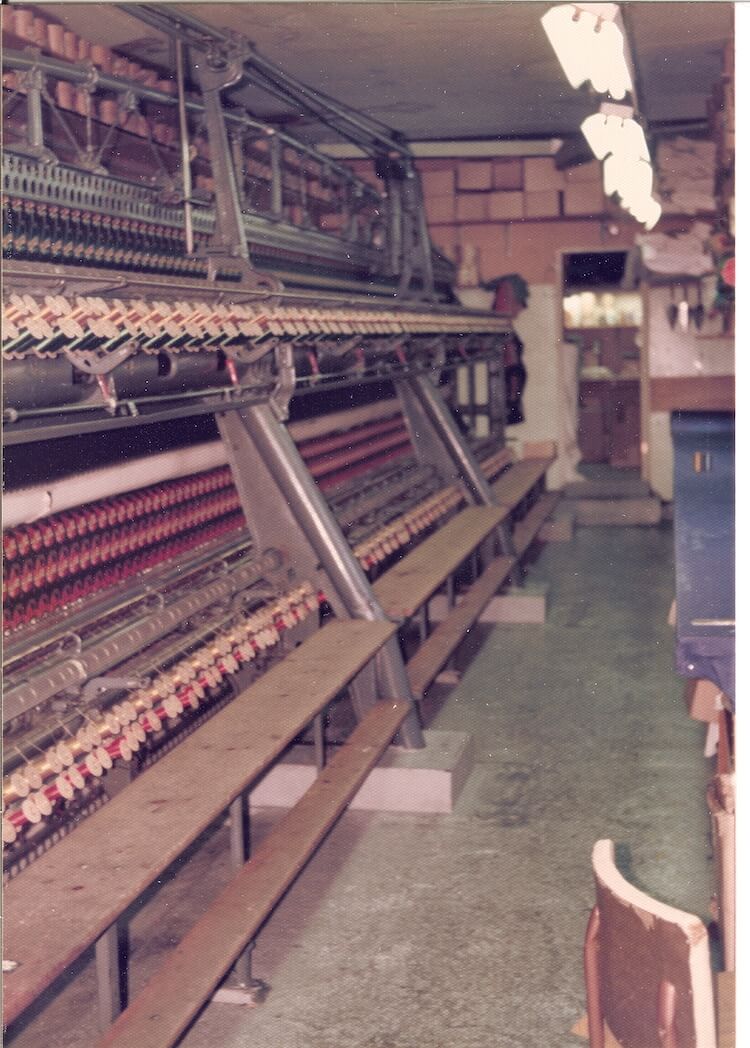
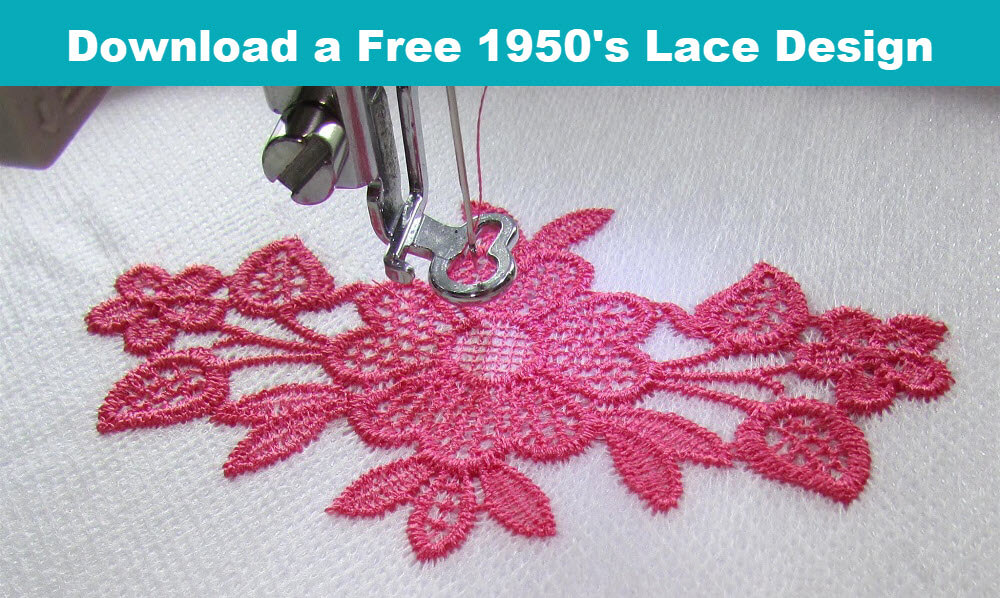
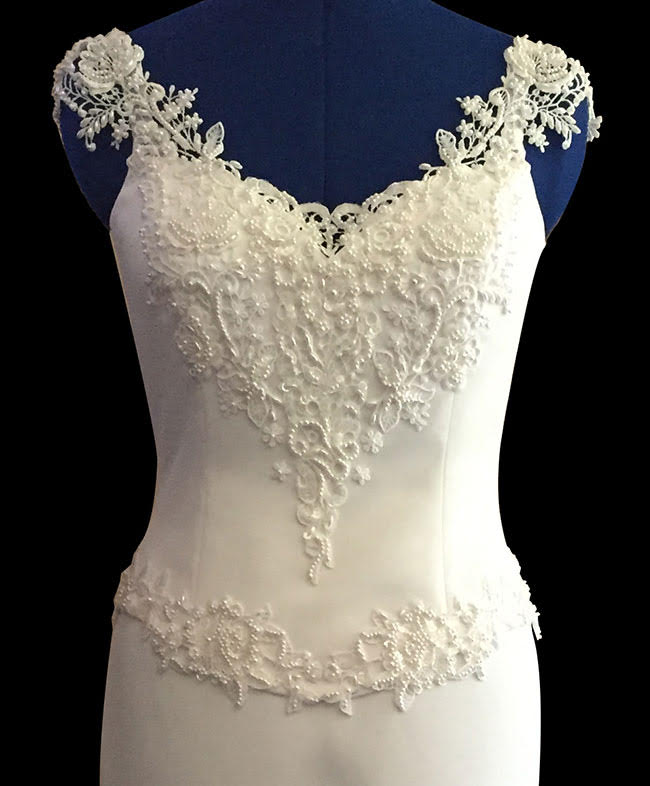
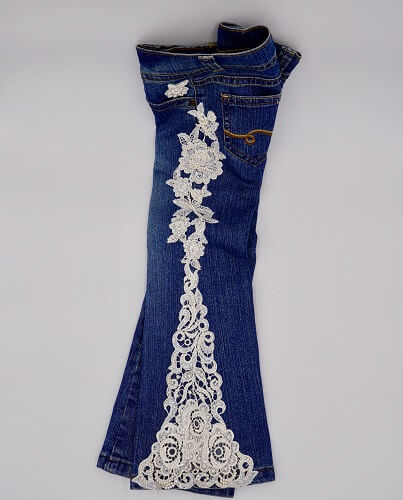

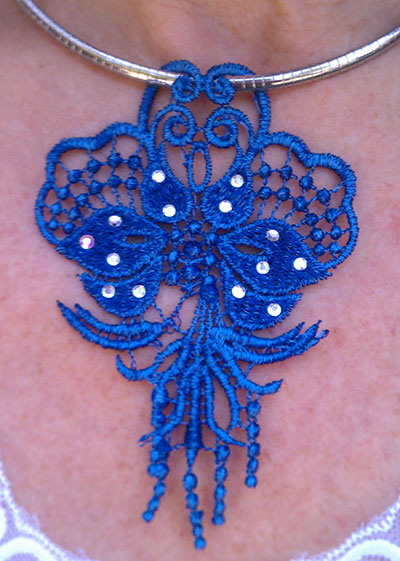

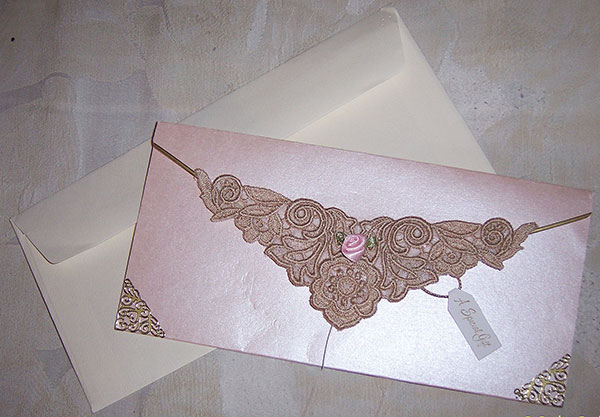
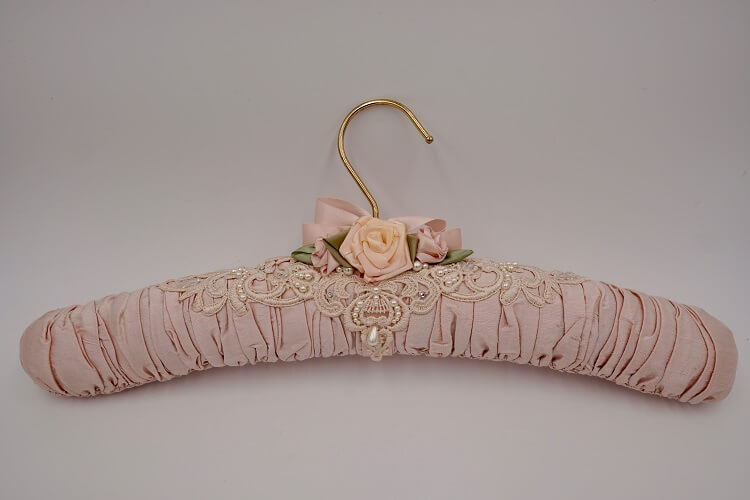
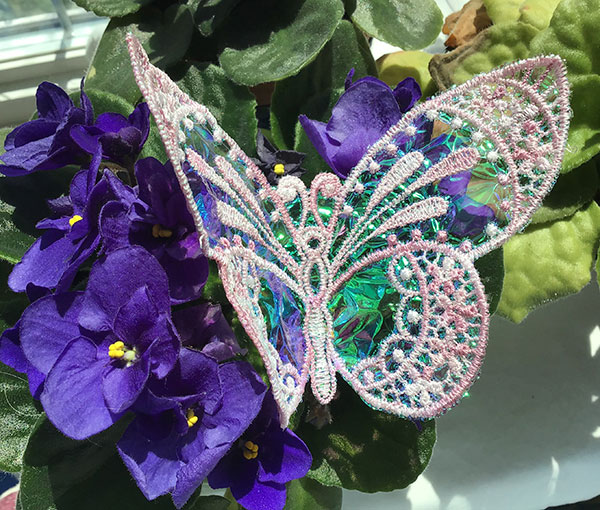



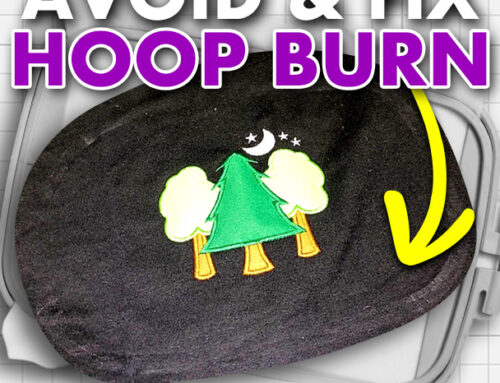

Leave A Comment